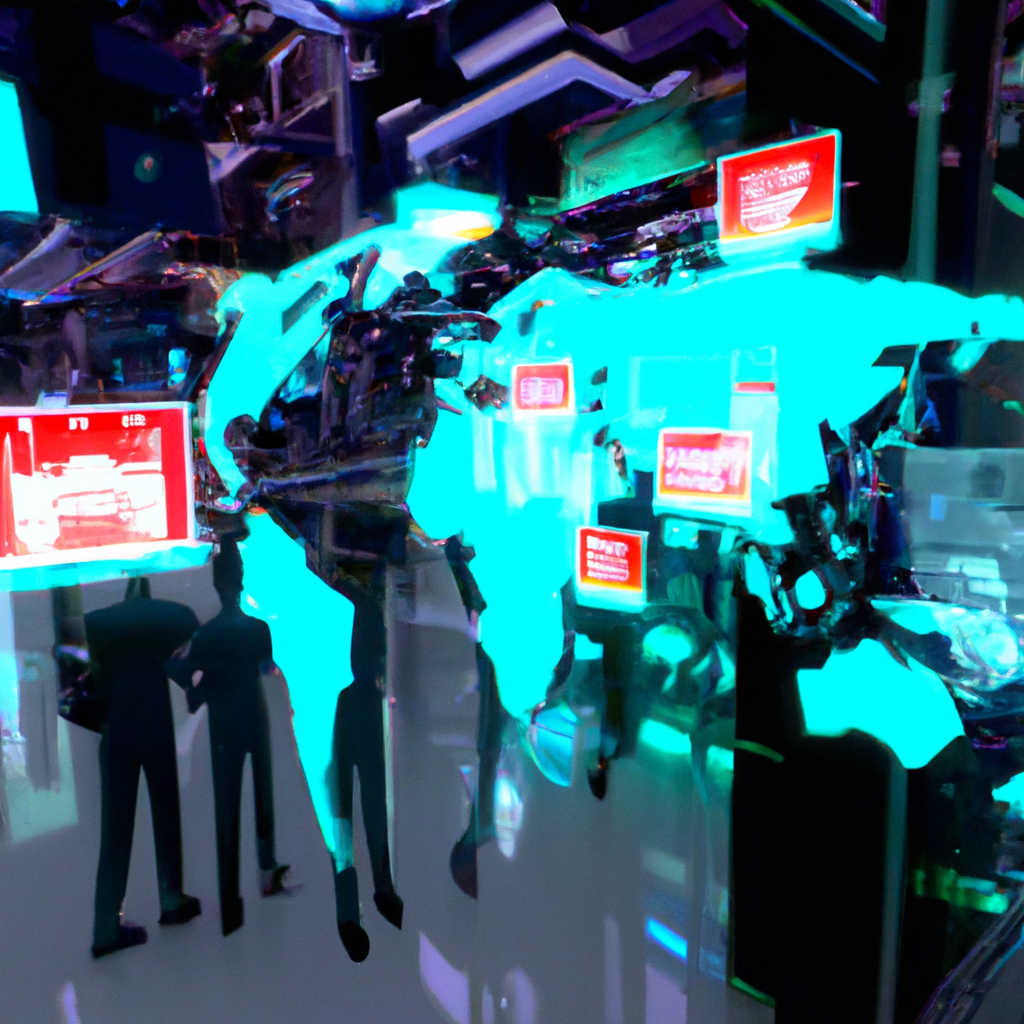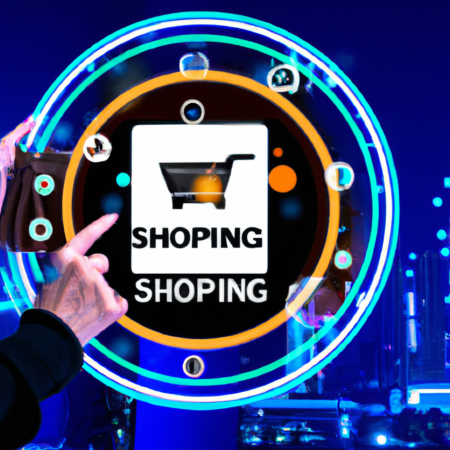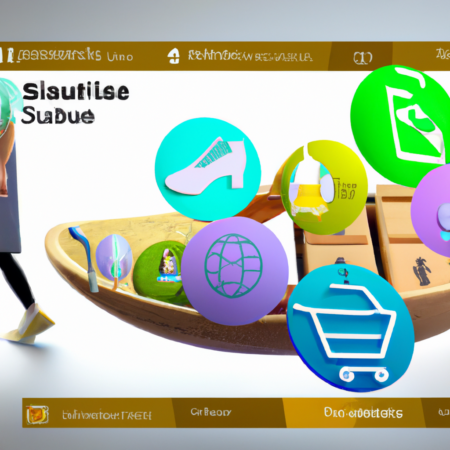Navigating the Future of Ecommerce: Trends and Strategies for 2025
As we step into the second quarter of 2025, the landscape of Ecommerce and Direct-to-Consumer (DTC) strategies continue to evolve at a rapid pace. This article delves into the latest trends shaping the industry and offers actionable strategies to help businesses stay ahead in a highly competitive market.
1. Personalization and Customer Experience
Personalization has moved beyond mere marketing buzzwords and has become a cornerstone of successful ecommerce strategies. By leveraging advanced AI and machine learning technologies, businesses can tailor experiences and products to individual preferences, significantly enhancing customer satisfaction and loyalty.
2. Sustainability and Ethical Practices
Consumers are increasingly prioritizing sustainability and ethical practices in their purchasing decisions. Ecommerce brands that transparently showcase their commitment to sustainability not only foster trust but also appeal to a broader demographic. This trend is particularly influential among younger consumers who are willing to pay a premium for ethically produced goods.
3. Advanced Analytics and Data Strategies
Data is the lifeblood of ecommerce. In 2025, the use of advanced analytics tools has become more accessible, allowing even small DTC brands to make data-driven decisions. These tools help in optimizing inventory, personalizing marketing efforts, and improving customer service by providing insights into consumer behavior patterns.
4. Augmented Reality (AR) and Virtual Reality (VR)
AR and VR technologies are transforming the online shopping experience by allowing consumers to visualize products in their own space before making a purchase. This not only enhances user engagement but also reduces the rates of returns and exchanges.
5. Cryptocurrency Payments
With the stabilization of cryptocurrency markets, more consumers are looking at crypto payments as a viable option. Ecommerce sites that adopt cryptocurrency payment methods can tap into a new segment of tech-savvy buyers, providing them with flexibility and enhanced security.
Conclusion
The ecommerce landscape in 2025 is dynamic and requires businesses to continuously adapt to new technologies and consumer expectations. By focusing on personalization, sustainability, advanced analytics, and embracing new technologies like AR, VR, and cryptocurrency, businesses can not only survive but thrive in this evolving market.






